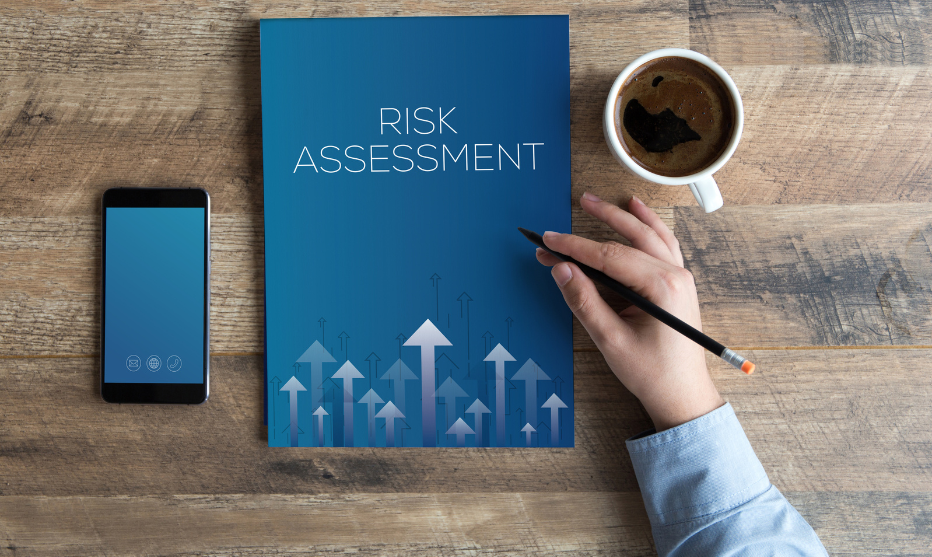
Drug substance documentation is an integral part of any marketing authorisation application. In Europe the most common pathways for drug substance documentation are the Active Substance Master File (ASMF) and Certificate of Suitability of the pharmacopoeia monograph (CEP). In our previous article we have run through ASMF and CEP mechanisms, highlighting particular purpose of these submissions and emphasizing evaluation process.
Main insights we would like to note:
- ASMF and CEP represent unique purpose. Even though, both of these documentation pathways cover drug substance part of medicinal product dossier, it was developed by different authorities and for different aim.
- ASMF serves as a reference for marketing authorization applications, allowing manufacturers to protect their proprietary information while enabling regulatory evaluation.
- CEP validates that the quality of the active substance complies with European Pharmacopoeia standards.
- ASMF and CEP cover different scopes of materials. CEP is applied for pharmacopeial materials (also TSE risk and herbal preparations), while ASMF is applied for new chemical entities, pharmacopeial and non-pharmacopeial materials. As further presented visually – there are more cases, were ASMF can be applied.

- ASMF and CEP have different assessment pathways. Since CEP operates as an independent submission, its evaluation is centralized at EDQM. While ASMF is a supporting file for marketing authorization application. Therefore, a mechanism is created allowing to evaluate the same ASMF by different authorities, depending on the medicinal product target market.
- Variable acceptability. CEPs are issued by EDQM, a regulatory body that is independent of the EU. So, CEP is accepted by EU members, which list is much wider than EU/EEA countries. While ASMF is accepted by EU/EEA members. This means that countries outside EU, can accept ASMF, but can also have additional national requirments. For example – UK after Brexit. The MHRA is continuing to accept ASMF, but UK is no longer participating in ASMF worksharing procedures with EU Member States.
Summary of CEP and ASMF comparison is provided in further table:

As already mentioned in our recent publications, the Chemistry, Manufacturing, and Controls (CMC) section of a drug product dossier encompasses critical information about the manufacturing process, quality control measures, and safety considerations. Within this framework, the management of active substances holds particular importance, as these substances form the foundation of medicinal products.
In the scope of pharmaceutical development in Europe, there are two indispensable mechanisms: the Active Substance Master File (ASMF) and the Certification of Suitability to the monographs of the European Pharmacopoeia (CEP). The ASMF allows drug substance manufacturers to share necessary details while protecting their ideas. While CEP checks if substances meet European standards, making sure they’re safe and effective.
By understanding these mechanisms, stakeholders can navigate through the regulatory requirements with confidence, understanding what activities should be planned and what information should be included in the drug product dossier.
If you have any questions don’t hesitate to contact us.




